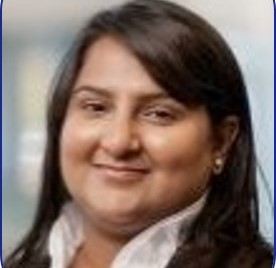SID's five Short Courses offer a thorough introduction to topic fundamentals for students, scientists, and engineers looking to expand their technical breadth into a new area. The four-hour Short Courses offer additional technical depth, as compared to SID's 20-minute Symposium talks and 90-minute Seminars, which generally focus on the latest developments in specific technical areas.
2024 Short Course Chair: Neetu Chopra

Sunday, May 12, 2024